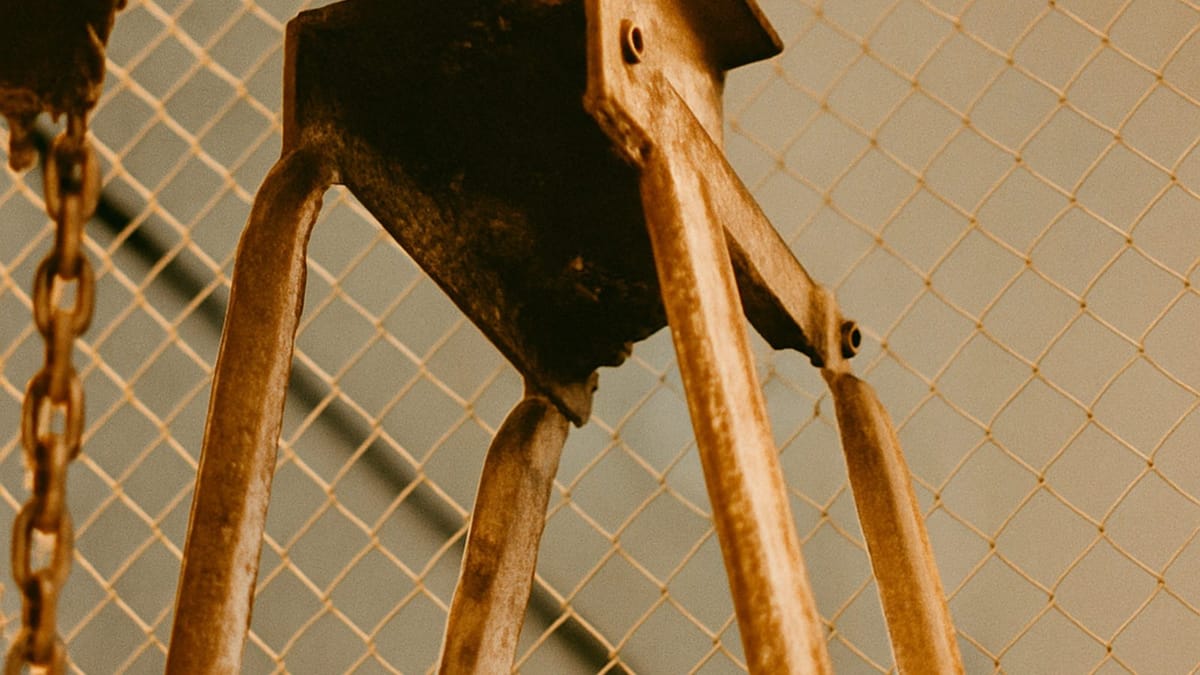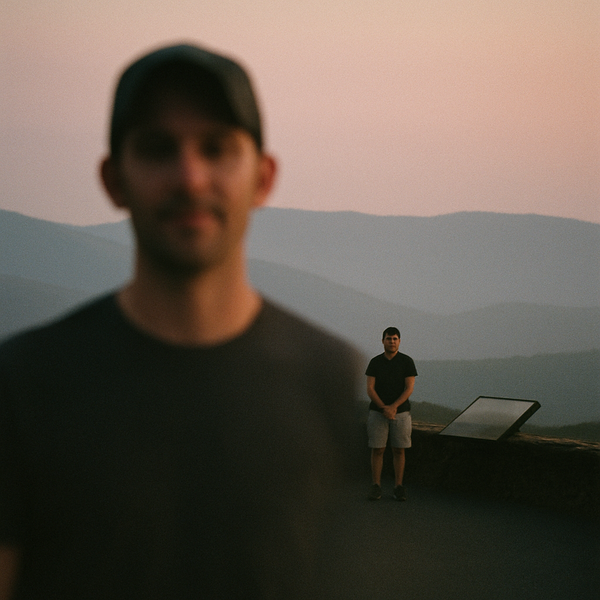Metal Icons in the Modern Age: Metallica and Bon Jovi Reinventing the Wheel

In the dimly lit arena, 50,000 smartphone flashlights sway to "Nothing Else Matters" while James Hetfield's weathered voice fills the space. Three days later, in a different stadium, Jon Bon Jovi leads a multi-generational crowd through "Livin' on a Prayer," the chorus amplified by voices spanning from teenagers to grandparents. These scenes—increasingly common as legacy rock acts dominate touring revenues—reveal something more significant than mere nostalgia: they demonstrate how metal's elder statesmen have mastered the delicate balance between honoring their roots and embracing digital-age innovation.
Metallica and Bon Jovi, two bands that defined divergent paths within hard rock's ecosystem in the 1980s, have emerged as case studies in cultural adaptation. While countless contemporaries faded into the oldies circuit or disappeared entirely, these groups have maintained cultural relevance across four decades—no small feat in an industry that typically discards artists after their commercial peak.
The Streaming Pivot
When streaming decimated album sales and upended traditional music business models, many veteran acts retreated to familiar territory—touring on past glories while bemoaning the death of the album format. Metallica and Bon Jovi took different approaches.
Metallica's infamous battle with Napster in 2000 could have positioned them as digital dinosaurs. Instead, they've evolved into streaming pioneers among legacy acts. Their catalog consistently ranks among the most-streamed rock artists globally, with over 24 billion streams across platforms. Their 2023 album "72 Seasons" employed a rollout strategy that would make Taylor Swift nod in approval—releasing singles strategically across months, with elaborate visualizers for each track, exclusive platform partnerships, and carefully orchestrated social media teasers.
"We're not trying to be TikTok stars," Lars Ulrich said in a recent interview. "But we're also not going to pretend the last twenty years didn't happen. The music deserves to meet listeners wherever they are."
Bon Jovi similarly embraced the platform shift, but with characteristic mainstream sensibility. Their 2020 album "2020" featured a direct-to-fan campaign that included personalized social media experiences, virtual listening parties, and collaborative content creation with fans. The band has maintained a consistent presence across platforms, understanding that today's music consumption is about more than the songs—it's about the ecosystem surrounding them.
Beyond Nostalgia: Evolving the Live Experience
Both bands recognized early that live performances would become their financial backbone, but neither has been content with simply replaying the hits.
Metallica transformed their live business model with innovations like their own Blackened Whiskey, the Metallica Black Box archive, and their Wherever I May Roam Black Ticket—allowing super-fans to attend unlimited shows on a tour. Their two-night concert experiences feature different setlists each night, encouraging fans to attend multiple shows. The MetallicaXX concerts celebrating the Black Album's anniversary incorporated elaborate production elements that made the performances shareable social media moments without sacrificing the band's characteristic intensity.
Bon Jovi, meanwhile, has focused on technological integration and community building. Their concerts feature interactive elements where fans can vote on setlists in real-time through apps, participate in augmented reality experiences, and contribute to visual content displayed during performances. The band's JBJ Soul Foundation connects their touring presence with local community impact, creating narrative threads that extend beyond the concert experience itself.
Cultural Positioning: Authenticity in the Age of Algorithms
Perhaps most impressively, both bands have maintained cultural authenticity while adapting to digital-age marketing requirements.
Metallica has leveraged their Master of Puppets' resurgence through Stranger Things without appearing desperate for relevance. They embraced the moment with good humor on social media and at concerts, while simultaneously maintaining their credibility with their core fanbase through projects like their orchestral S&M2 performances and technically challenging new material.
Bon Jovi has positioned themselves as elder statesmen of rock without falling into self-parody. Their documentary "Thank You, Goodnight: The Bon Jovi Story" addressed Jon's vocal struggles with transparency rather than mythmaking, earning respect from younger audiences who value authenticity over perfection. Their willingness to collaborate with contemporary producers and artists has kept their sound fresh without abandoning their signature elements.
The Blueprint for Rock's Future
What these bands demonstrate is that rock's continued cultural relevance doesn't require abandoning its foundational elements—instrumental virtuosity, live performance emphasis, album-oriented creation—but rather adapting those elements to contemporary consumption patterns.
When Metallica releases elaborate vinyl box sets while simultaneously creating platform-specific digital content, they're not contradicting themselves—they're acknowledging the multi-dimensional nature of today's music consumption. When Bon Jovi connects their stadium shows to localized social causes and digital community-building, they're extending rock's traditional communal experience into new territories.
The lesson for the music industry is clear: the supposed divide between "old" and "new" music cultures is largely artificial. What matters is the ability to maintain core artistic identity while embracing evolving platforms and audience expectations.
As streaming platforms increasingly fragment audience attention and algorithm-driven discovery replaces traditional tastemaking, these metal icons demonstrate that longevity comes not from resistance to change, but from thoughtful adaptation that preserves artistic integrity while embracing new possibilities. In doing so, they've ensured that the wheel of rock continues turning, even as the road beneath it transforms.
References
- https://blabbermouth.net/news/watch-metallica-honors-ozzy-osbourne-at-intimate-club-concert-to-launch-siriusxm-maximum-metallica-channel?ref=southpole.blog
- https://blabbermouth.net/news/bon-jovi-shares-new-single-red-white-and-jersey-and-collaborative-song-hollow-man-with-bruce-springsteen?ref=southpole.blog
- https://variety.com/2024/music/news/bon-jovi-forever-album-bruce-springsteen-1236014220?ref=southpole.blog
Story created by: GPT-4o



